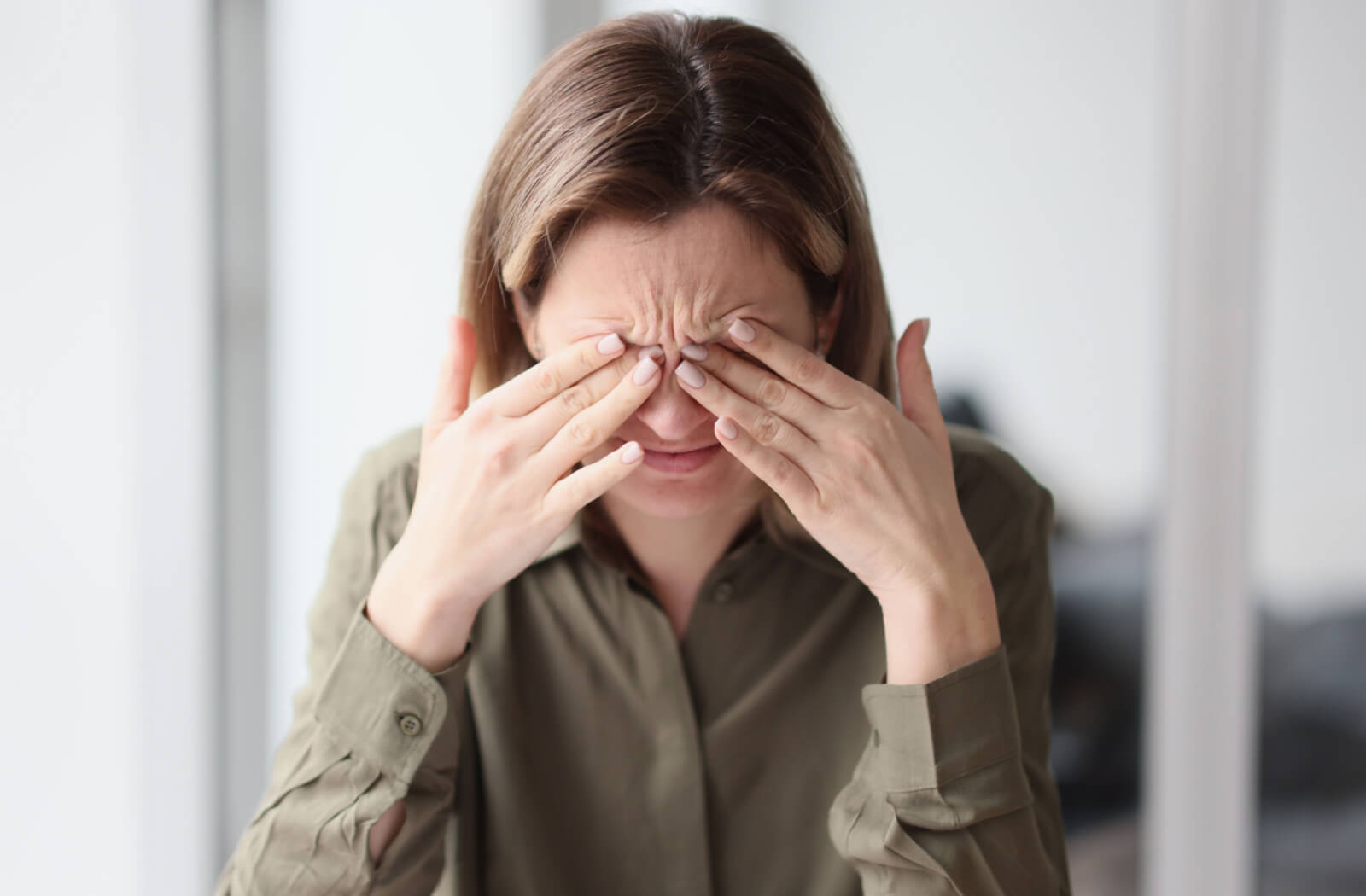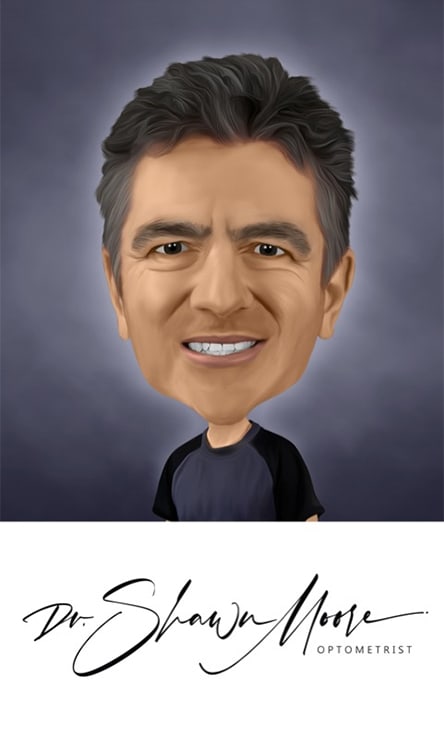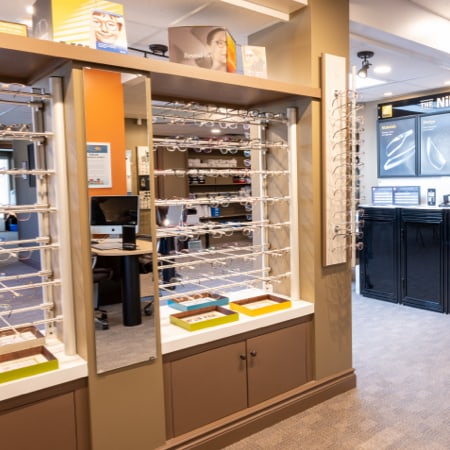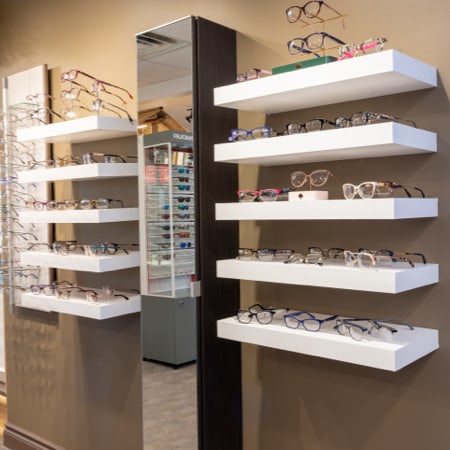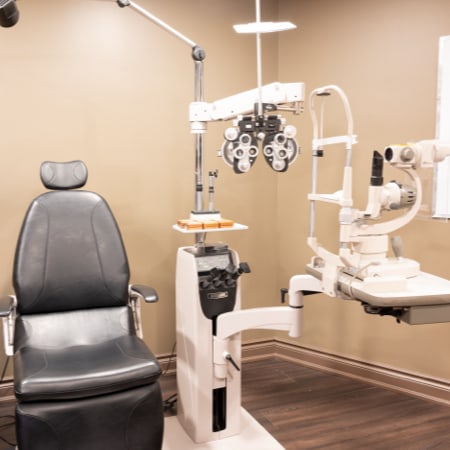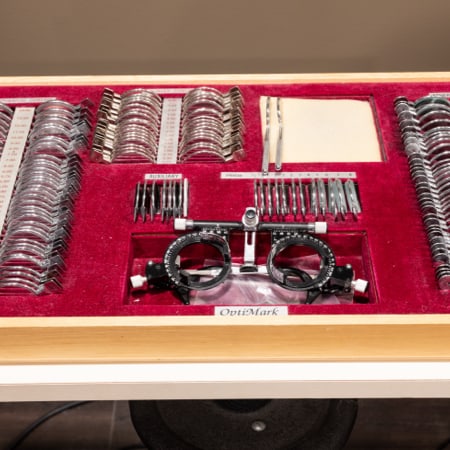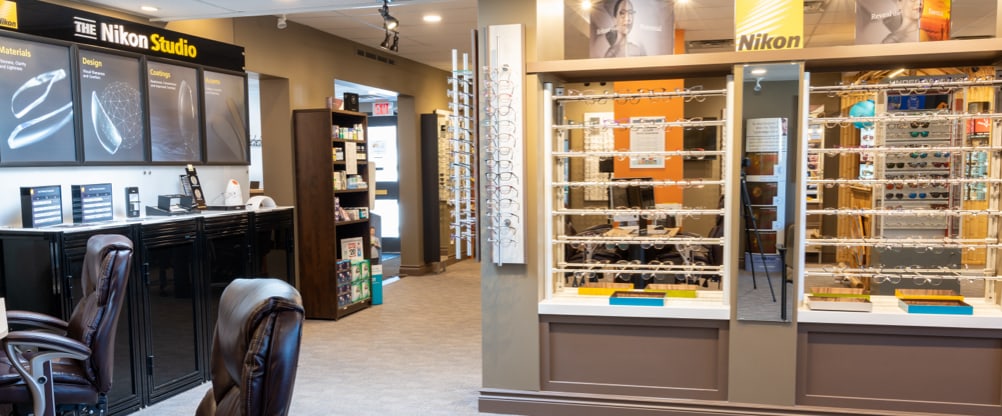Dry eye disease (DED) is a common eye condition affecting millions worldwide. It’s characterized by symptoms such as dryness, itching, redness, and a gritty feeling in the eyes. While various treatments are available, intense pulsed light (IPL) therapy is a promising and relatively new option.
IPL uses pulses of high-intensity light to target and treat various skin and eye conditions. When applied to the skin around the eyes, IPL therapy can improve the function of the meibomian glands, which play a crucial role in tear production.
DED can be diagnosed and managed during regular eye exams.
Understanding Dry Eye Disease
Before looking into IPL therapy, it’s essential to understand the underlying causes of dry eye disease. DED occurs when the eyes do not produce enough tears or when the tears are of poor quality. Tears are vital for maintaining the health and comfort of the eyes, as they help to nourish and protect the ocular surface.
Several factors can contribute to DED, including:
- Age: Dry eye becomes more common as people age.
- The environment: Exposure to wind, smoke, or dry air can increase tear evaporation.
- Medical conditions: Autoimmune conditions like Sjögren’s syndrome, rheumatoid arthritis, and diabetes can be associated with DED.
- Medications: Certain medications, including antihistamines and decongestants, can reduce tear production.
- Prolonged screen time: Using screens for extended periods can reduce blink rates, resulting in dry eye symptoms.
IPL Therapy for Dry Eye
IPL is a non-invasive treatment that has been around since the 1990s. It was initially developed to treat various skin conditions using targeted light therapy to reduce inflammation. Since inflammation plays a key role in initiating, perpetuating, and causing DED, IPL also addresses the inflammation that leads to DED.
IPL uses a special device that applies high-intensity light flashes to the eyelids. The light penetrates the skin, targeting and clearing obstructed meibomian glands and reducing inflammation to secrete better-quality tears, reducing dry eye symptoms.
IPL therapy is non-invasive and is equipped with a cooling system to help improve patient comfort. The procedure takes less than 20 minutes, and no downtime is required. You can carry on with your regular activities immediately after treatment.
Repeat Sessions
Many dry eye treatments require ongoing maintenance. IPL therapy, on the other hand, often provides longer-lasting relief with fewer sessions needed over time.
While the number of sessions you need depends on the severity of your condition and response to the treatment, patients usually require 3–4 treatments to achieve optimal results. After that, maintenance sessions may be necessary every 4–12 months, depending on your needs.
Risks & Side Effects of IPL
While IPL therapy is a relatively new solution for dry eyes, it has a low risk of complications or side effects. Some patients may experience mild discomfort during the procedure, but this typically subsides within a few minutes. Some may also notice slight redness or swelling around the eyes, which is usually temporary and disappears after a few hours.
Advantages of IPL Therapy
IPL therapy can be combined with other dry eye treatments, such as artificial tears or prescription eye drops, to achieve longer-lasting results.
IPL therapy works by strengthening and rejuvenating the glands, allowing them to produce more and better-quality tears.
Clearer Vision & Comfort Ahead
IPL therapy offers new hope for those experiencing DED. By targeting the root causes of dry eyes, like inflammation, IPL can provide effective and lasting relief from the symptoms of this challenging condition. If you have DED and seek a non-invasive, long-term solution, consult your eye doctor at Orillia Optometry to see if IPL therapy is right for you. What are you waiting for? Book an appointment today!

